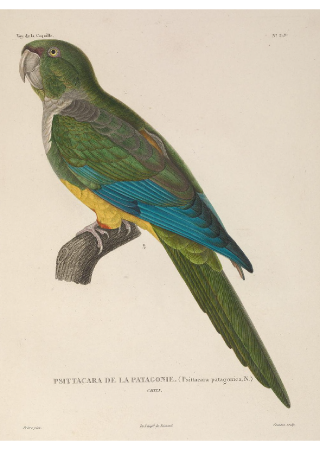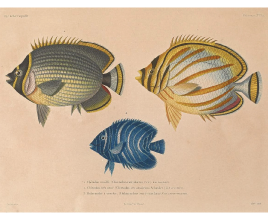Voyage of circumnavigation
- ... Ferdinand Magellan was a Portuguese seafarer, who commanded the first sea voyage around the Earth, in the service of Spain?
- ... Magellan's trip brought proof to the whole world that the world was round?
- ... Magellan set out on his trip aged 39 and was killed by natives on the island of Mactan aged 41?
- ... the passage between Tierra del Fuego and today's Chile was named All Saints' Channel, but sailors later gave it the name it bears today the Strait of Magellan?
- ... the Italian Pigafetta, who survived the trip, kept a journal of the entire expedition's activities?
- ... most of the crew were Spaniards, who hated the Portuguese captain?
- ... Magellan ranks with Vasco de Gama and Columbus, whose lifelong dream he actually executed, and the actual journey ranks among the greatest sea journeys of all time?
- The voyage of Ferdinand Magellan lasted just twelve days short of exactly three years.
- With Captain Juan Sebastian del Cano, who assumed command after Magellan's death, the one remaining ship Victoria returned with only 17 men, who were half out of their minds from fever and the strain of constantly pumping out the ship.
- The squadron comprised five caravels:
- Trinidad, 130 tons, 55 men, captain: Ferdinand Magellan
- San Antonio, 130 tons, 60 men, captain: Juan de Cartagena
- Conception, 90 tons, 45 men, captain: Gaspar de Quesada
- Victoria, 90 tons, 42 men, captain: Luis de Mendoza
- Santiago, 60 tons, 32 men, captain: Juan Serrano
- Besides Magellan, seven more Europeans were killed and 40 wounded on Mactan.
September 20th, 1519, Magellan with his five ships set out from the port of Salsúcar de Barrameda, in December he reached the shore of Brazil and in January 1520 made it to La Plata. He spent the winter in the bay of San Juan on the Patagonian shore. Three ships mutinied here, which he managed to put down and severely punished the instigators. In May, the ship Santiago was wrecked. Heading south along the coast, he discovered a passage on October 21st, 1520, leading between Tierra del Fuego and today's Chile, near the de las Virgines mission, later named the Strait of Magellan in his honor. The ship San Antonia deserted here and returned to Spain. With the remaining three ships, the admiral advanced through the 550-kilometer long strait, and on November 28thm 1520 sailed out onto the open ocean, which he named the Pacific (Mar pacifico). March 6th, 1521 he reached the Marianna Islands, which he named the Ladrones - the islands of thieves. March 16th he landed on Limawasa, between Leyte and Mindanao in the Philippines. Another leg took him to Cebu in the Philippines. Upon disembarking on the island of Mactan, where he was attempting to aid the ruler of Cebu in his battle, he was killed by the natives. Leadership of the expedition was assumed by Juan Sebastian del Cano, who discovered the Maluku Islands six months after Magellan's death. From there, with a load of spice (cloves) across the Indian Ocean, around Africa, Cano led the last ship back to Spain.


